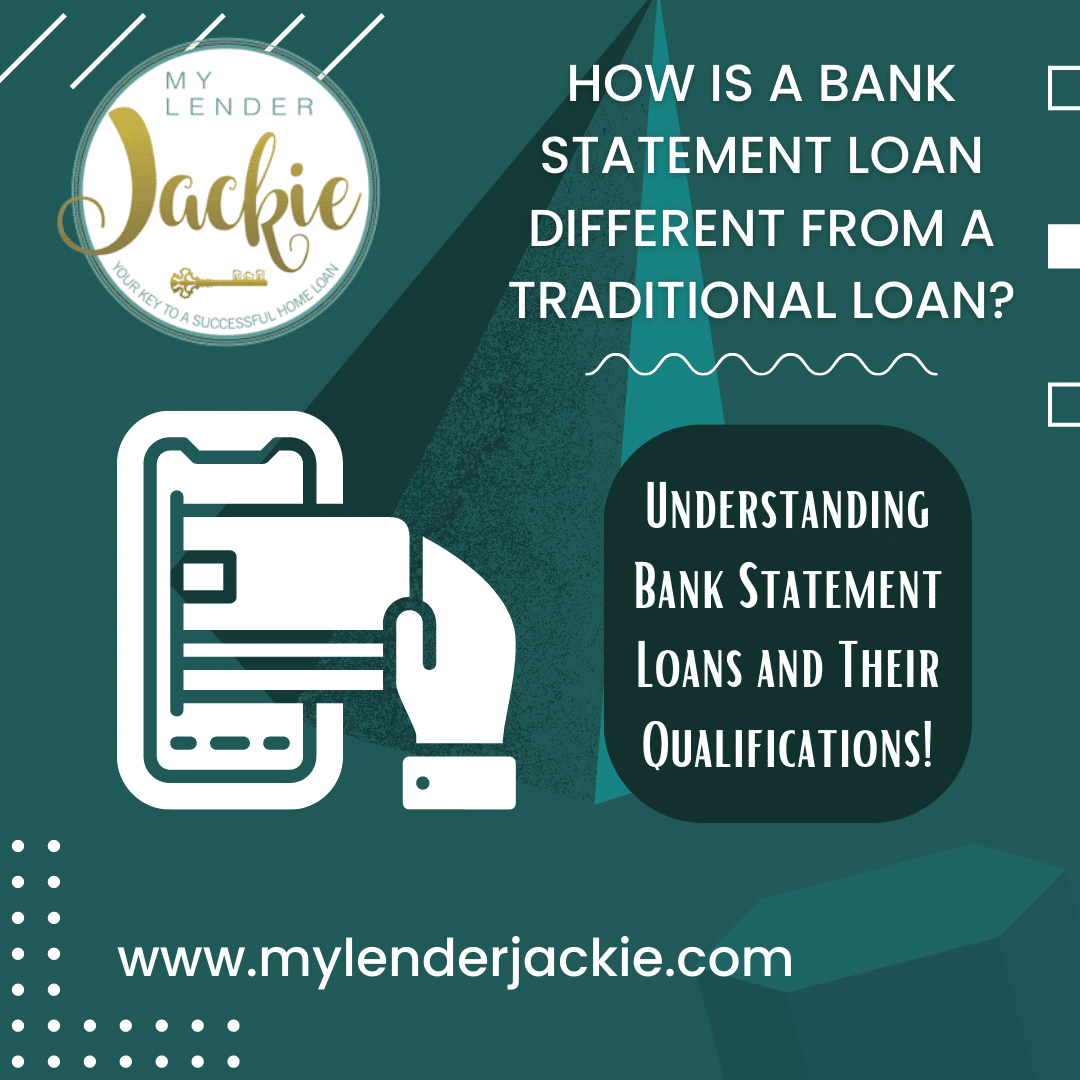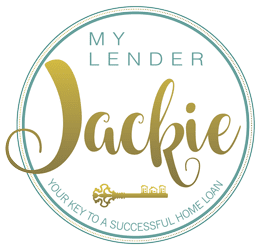
If qualifying for a mortgage in a traditional way won’t work, you might be able to use a bank statement loan instead.
What is a bank statement loan?
Simply put, a bank statement loan is a loan that is extended based on a different way to verify income. The loan itself will have similar terms to any other mortgage, but the process of qualifying for it will look a little different.
Many people think they won’t be able to qualify for a loan because they are self-employed and don’t have a W-2 to verify income. This might include, realtors, business owners, truckers, contractors, electricians, plumbers, lawyers, doctors, financial planners, gig workers, or anyone who does not have a traditional income structure.
We have worked with people in all kinds of careers, helping them verify their income without W-2s to reach their homeownership goals.
What are the eligibility requirements for a bank statement loan?
The eligibility requirements for a bank statement loan are very similar to those for just about any other mortgage.
Credit scores are still important for a bank statement loan. This is how we can see your track record with debt and how well you manage it. The higher your credit score, the better your terms will be, so it’s still a great idea to increase or maintain your credit while you are preparing to buy a home with a bank statement loan. For example, if you have a credit score above 700, you will likely only need to put down a 10% down payment, but a score below 650 will likely require a 15% down payment. Your interest rate will also be lower if your credit is excellent.
We also look at your debt to income (DTI) ratio, much like with any other loan. For a bank statement loan, we are generally looking for a DTI between 43%-50%.
Is it now easier to qualify for a loan with bad credit, and harder with good credit?
Headlines make it sound like the whole mortgage game has been turned upside down, but much of this process remains the same. The simple answer is that good credit is still going to work in your favor, and a low credit score will still be a red flag to your lender that you may not be ready to take on a mortgage.
How do lenders evaluate income and employment stability for a bank statement loan?
Without a W-2 to verify an applicant’s income, we look at the income we can see in the bank statements. We are looking at the money you are depositing into your account, as well as the strength of your business if you are self-employed. We will generally look at 12-24 months’ of bank statements to get an idea of your income, even if it varies through the year.
Another factor we can consider is how your business is doing. If the business has been steadily growing, has taken on new contracts or subscriptions, and is healthy and thriving, that is another vote of confidence for the applicant.
Want to learn more about bank statement loans or what types of mortgages might work for you? Contact us any time.

